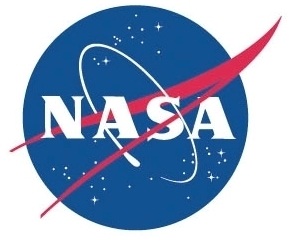Technology Transfer
UCSD Cosmology members have developed ground-breaking instruments for their research.
Large Format Polarizing Grids and Fourier Transform Spectrometer (FTS)
Our POLARBEAR research team has built these specifically to be coupled to the Huan Tran Telescope. The FTS is based on a Martin Puplett (MP) design.
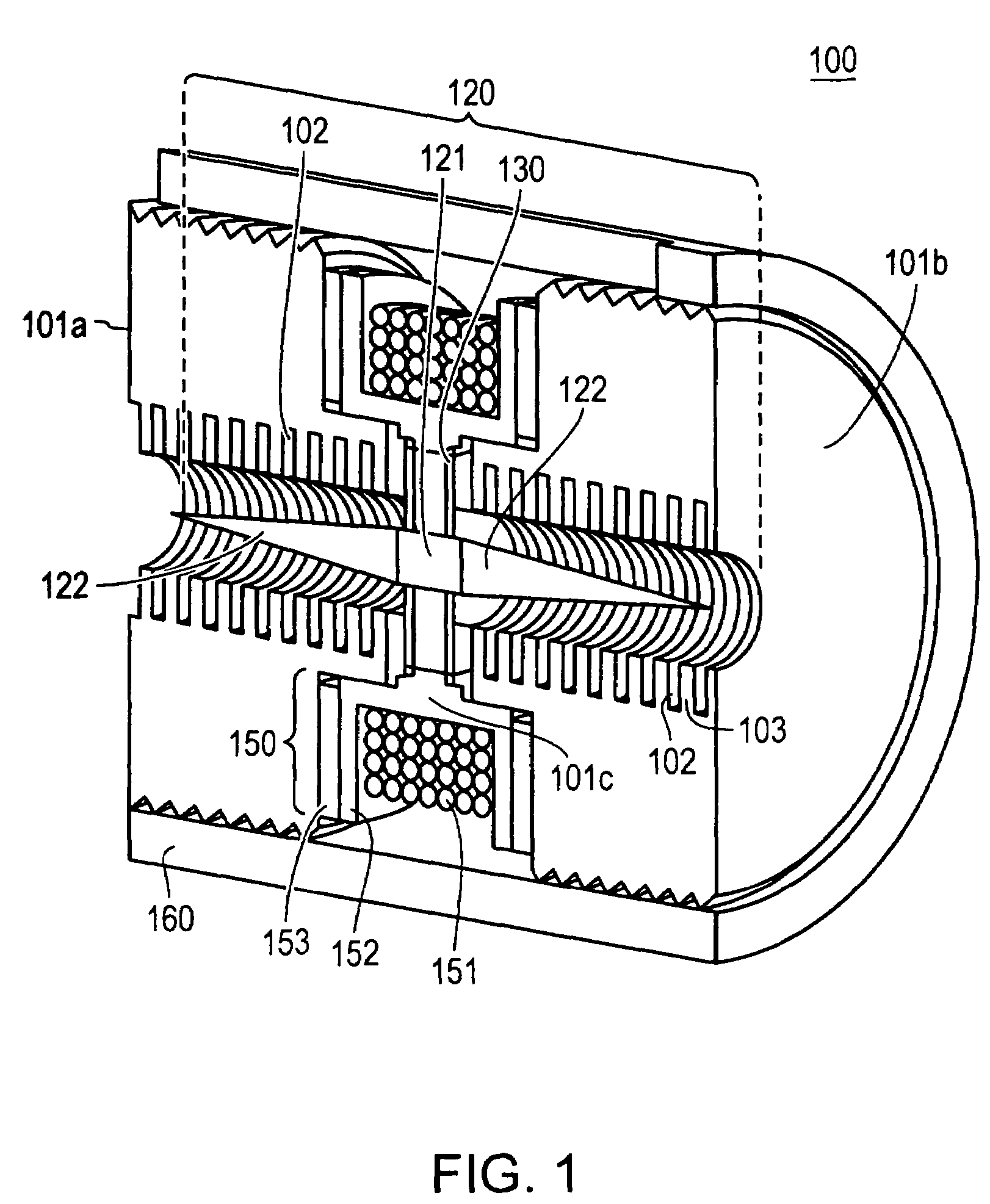
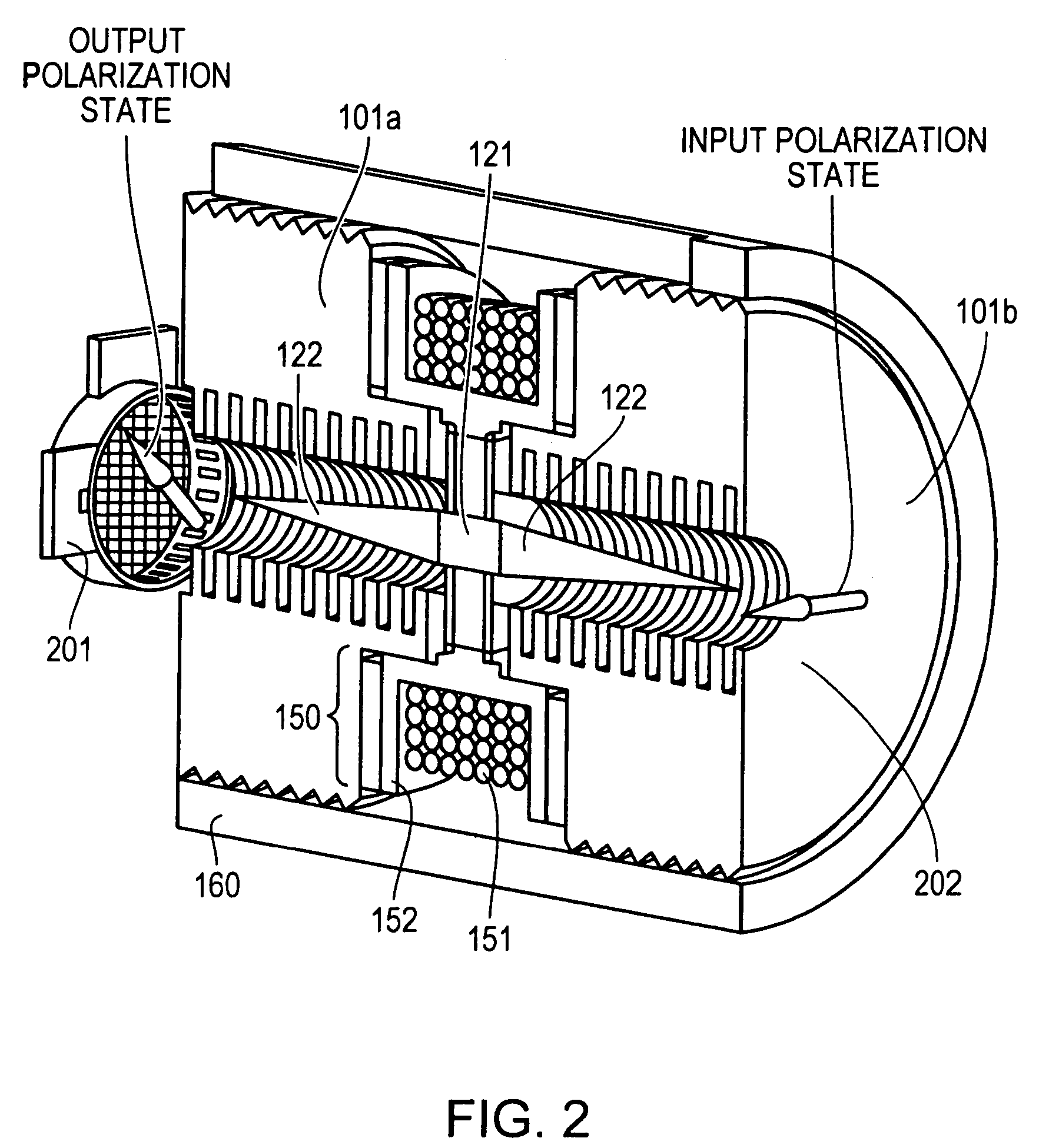
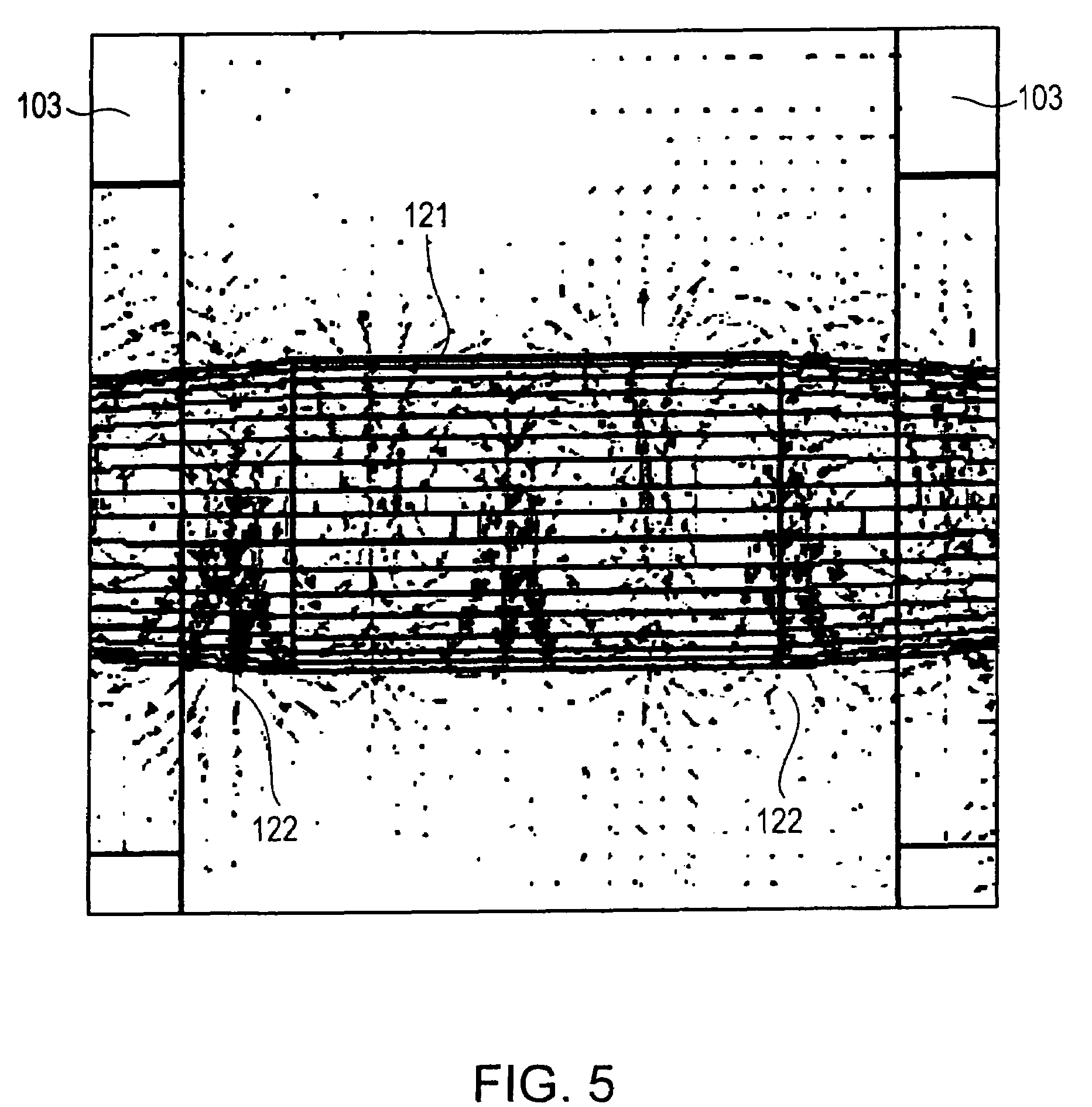
Wide-bandwidth Polarization Modulator for Microwave and MM-Wavelengths
US Patent 7501909 B2 Abstract:
"A polarization modulator device for modulating a
polarization of an
electromagnetic wave includes a corrugated metallic waveguide having an interior cylindrical opening defined
therein and situated along a longitudinal axis of the waveguide. The corrugated metallic waveguide also has
a first waveguide section and a second waveguide section. The waveguide sections are separated by a
dielectric break. A central structure is situated along the longitudinal axis of the waveguide. The central
structure is supported substantially in the center of the interior cylindrical opening of the waveguide. The
cylinder is substantially situated within the dielectric break of the waveguide. A magnetic field source is
configured to permit a controllable magnetic field in the cylinder, wherein the magnetic field modulates a
polarization of the electromagnetic wave by an angle related to the strength of the magnetic field. A
polarimeter using the polarization modulator is also described."
Wide Band Microwave Phase Shifter
WO Patent 2010050930 A1 Abstract:
"The invention relates to a phase shifting device for
switching
the polarization state of an electromagnetic wave. Two waveguide sections have an exterior rectangular
opening defined in their end surfaces. A dielectric break is situated substantially collinearly with the
longitudinal axis of the waveguide in substantially a center of the waveguide. In one embodiment, a central
structure includes a cylinder having a permeability greater than that of a vacuum, and having two
substantially circular end faces situated in perpendicular orientation to a longitudinal axis of the
cylinder and two dielectric cones. A magnetic field source switches a polarization of the electromagnetic
wave causing a phase shift of the electromagnetic wave of substantially zero degrees when the controllable
magnetic field is off and a pre-determined phase shift when the controllable magnetic field is on. The
invention can be used in an interferometer apparatus and a phased array apparatus."
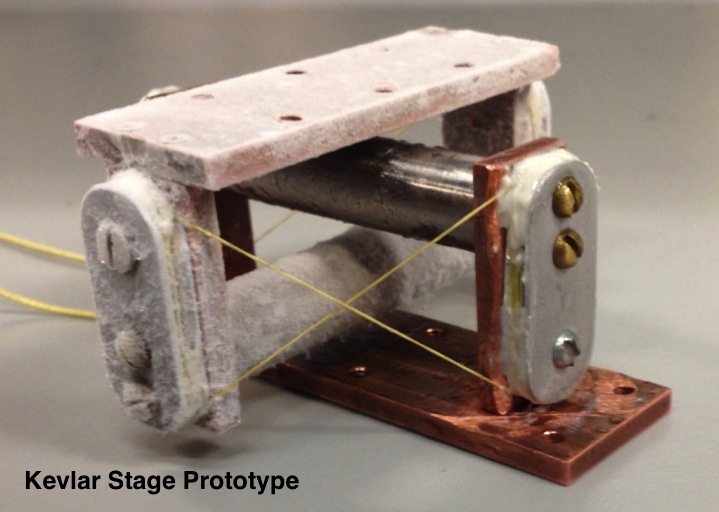
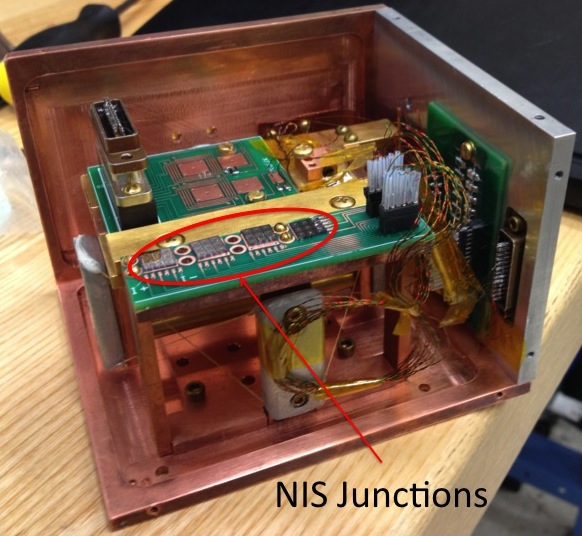
Cooling Platform for NIS Junction Refrigeration and sub-Kelvin Cryogenic Systems
According to the abstract published in the Journal of Low Temperature Physics:
"Recent
advances in Normal metal–insulator-superconductor (NIS) tunnel junctions (Clark et al. Appl Phys Lett 86:
173508, 2005, Appl Phys Lett 84: 4, 2004) have proven these devices to be a viable technology for sub-Kelvin
refrigeration. NIS junction coolers, coupled to a separate cold stage, provide a flexible platform for
cooling a wide range of user-supplied payloads. Recently, a stage was cooled from 290 to 256 mK (Lowell et
al. Appl Phys Lett 102: 082601 2013), but further mechanical and electrical improvements are necessary for
the stage to reach its full potential. We have designed and built a new Kevlar suspended cooling platform
for NIS junction refrigeration that is both lightweight and well thermally isolated; the calculated
parasitic loading is < 300 pW from 300 to 100 mK. The platform is structurally rigid with a measured
deflection of 25 μ m under a 2.5 kg load and has an integrated mechanical heat switch driven by a
superconducting stepper motor with thermal conductivity G =4.5×10−7 W/K at 300 mK."
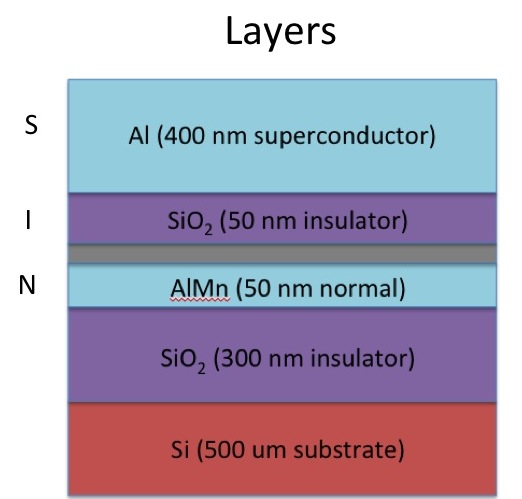
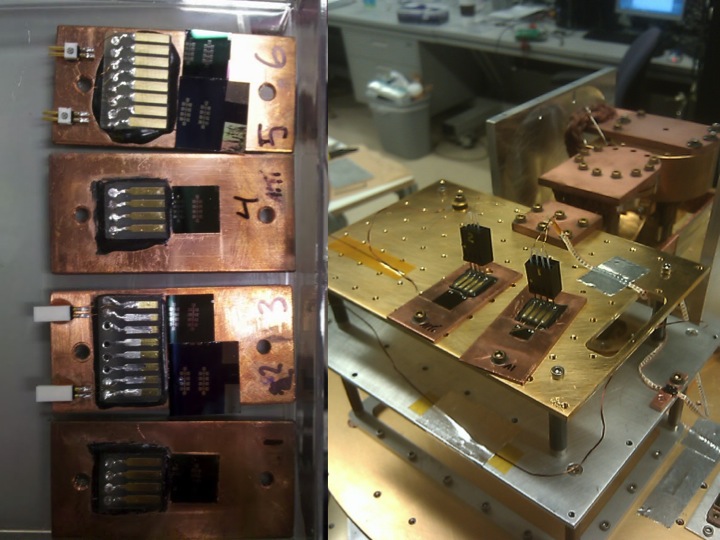
Superconducting Tunnel Junction Fabrication Method
According to the abstract published in the Journal of Low Temperature Physics:
"We
demonstrate
a technique for creating high quality, large area tunnel junction barriers for
normal–insulating–superconducting or superconducting–insulating–superconducting tunnel junctions. We use
atomic layer deposition and an aluminum wetting layer to form a nanometer scale insulating barrier on gold
films. Electronic transport measurements confirm that single-particle electron tunneling is the dominant
transport mechanism, and the measured current–voltage curves demonstrate the viability of using these
devices as self-calibrated, low temperature thermometers with a wide range of tunable parameters. This work
represents a promising first step for superconducting technologies with deposited tunnel junction barriers.
The potential for fabricating high performance junction refrigerators is also highlighted."


